Administration de l'Environnement - Unité Surveillance et Évaluation de l'Environnement
Type of resources
Available actions
Provided by
Groups
Representation types
Update frequencies
status
Scale
-

Every year, the Environment Administration organises a nationwide ambient air quality measurement campaign in collaboration with the Klima-Agence and participating municipalities. More specifically, this involves a national campaign to measure NO2 using passive tubes as part of the national air quality programme and the "Klimapakt Loftqualitéit". The aim of the campaign is to raise awareness and inform local authorities and their residents about the air quality in their respective communities, to motivate local authorities to help improve their air quality, and to demonstrate the efforts made by local authorities with a view to future communications.
-

In 2023, the environmental administration organised a nationwide air quality measurement campaign in collaboration with 33 participating municipalities and Klima-Agence. More specifically, it is a national measurement campaign of NO2 by passive tubes in the context of the national air quality program and the "Klimapakt Loftqualitéit". The campaign aims to raise awareness and inform municipalities and their inhabitants about the air quality in their respective municipalities, motivate municipalities to contribute to improving their air quality, and demonstrate the efforts undertaken by municipalities for future communications.
-
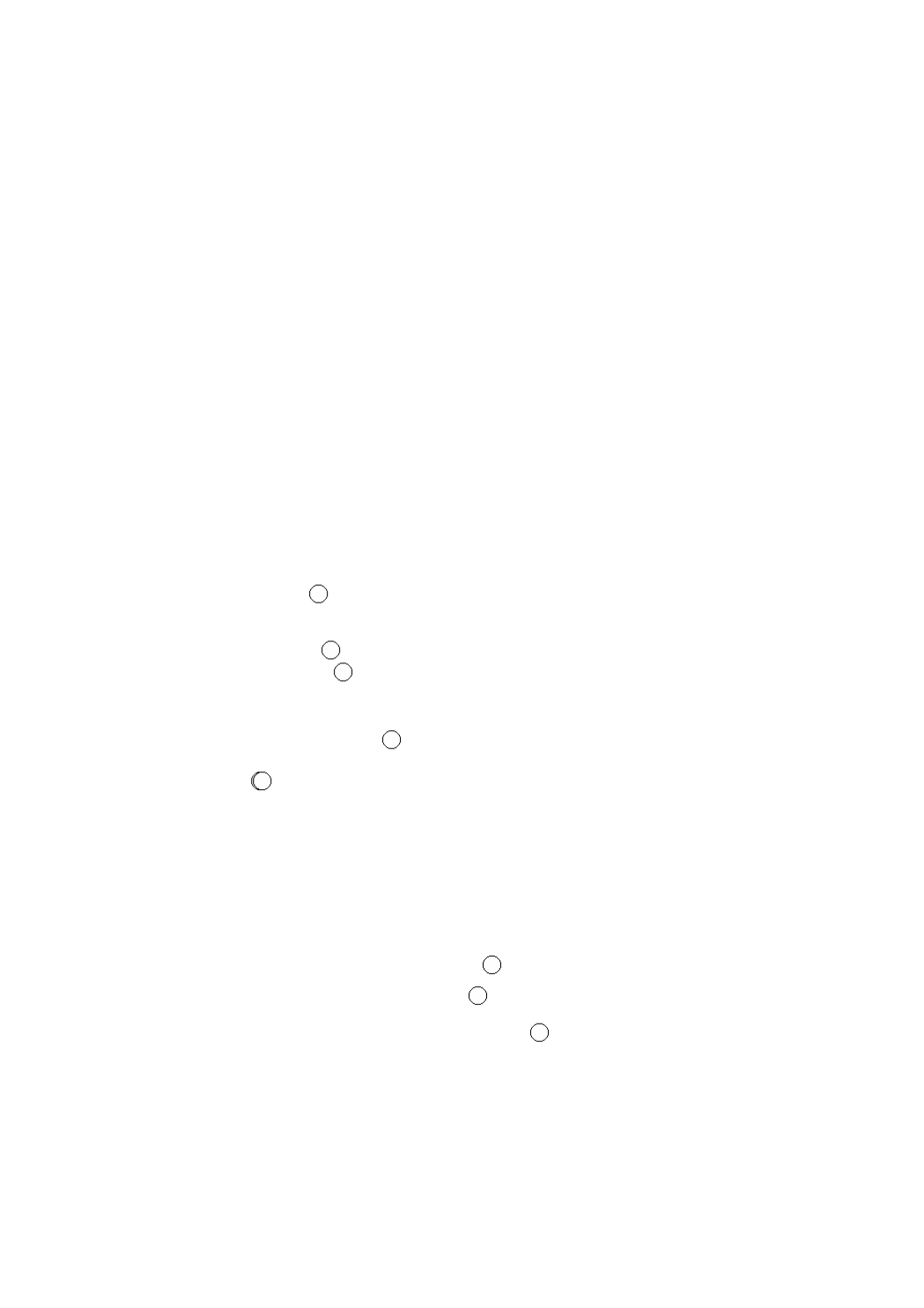
In 2022, the environmental administration organised a nationwide air quality measurement campaign in collaboration with 30 participating municipalities and Klima-Agence. More specifically, it is a national measurement campaign of NO2 by passive tubes in the context of the national air quality program and the "Klimapakt Loftqualitéit". The campaign aims to raise awareness and inform municipalities and their inhabitants about the air quality in their respective municipalities, motivate municipalities to contribute to improving their air quality, and demonstrate the efforts undertaken by municipalities for future communications.
-
In 2020, the environmental administration organised a nationwide air quality measurement campaign in collaboration with 25 participating municipalities and myenergy. More specifically, it is a national measurement campaign of NO2 by passive tubes in the context of the national air quality program and the "Klimapakt Loftqualitéit". The campaign aims to raise awareness and inform municipalities and their inhabitants about the air quality in their respective municipalities, motivate municipalities to contribute to improving their air quality, and demonstrate the efforts undertaken by municipalities for future communications.
-

The method used for the measurement of dust deposition is the standard Bergerhoff method with the corresponding collection instrument. The measurement points of the Bergerhoff network are almost always located near industrial sites known for their high dust emissions (e. g. steel and metal-producing industries).
-
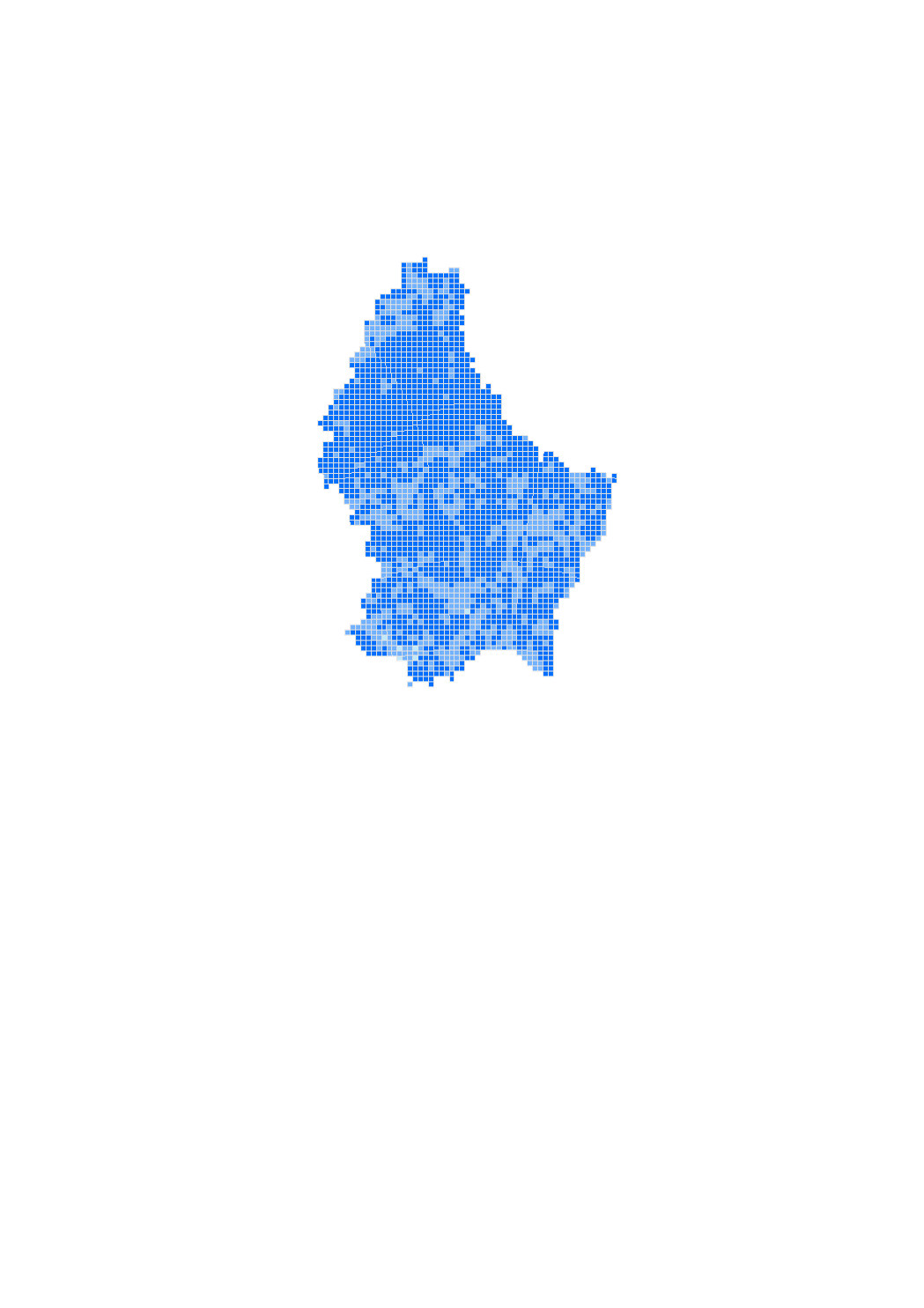
The geostatistical interpolation map shows in real time the most probable distribution of the pollutant fine particles (PM10) between the different fixed measurement points that make up the telemetric network of Luxembourg, this at a resolution of 1km2.
-
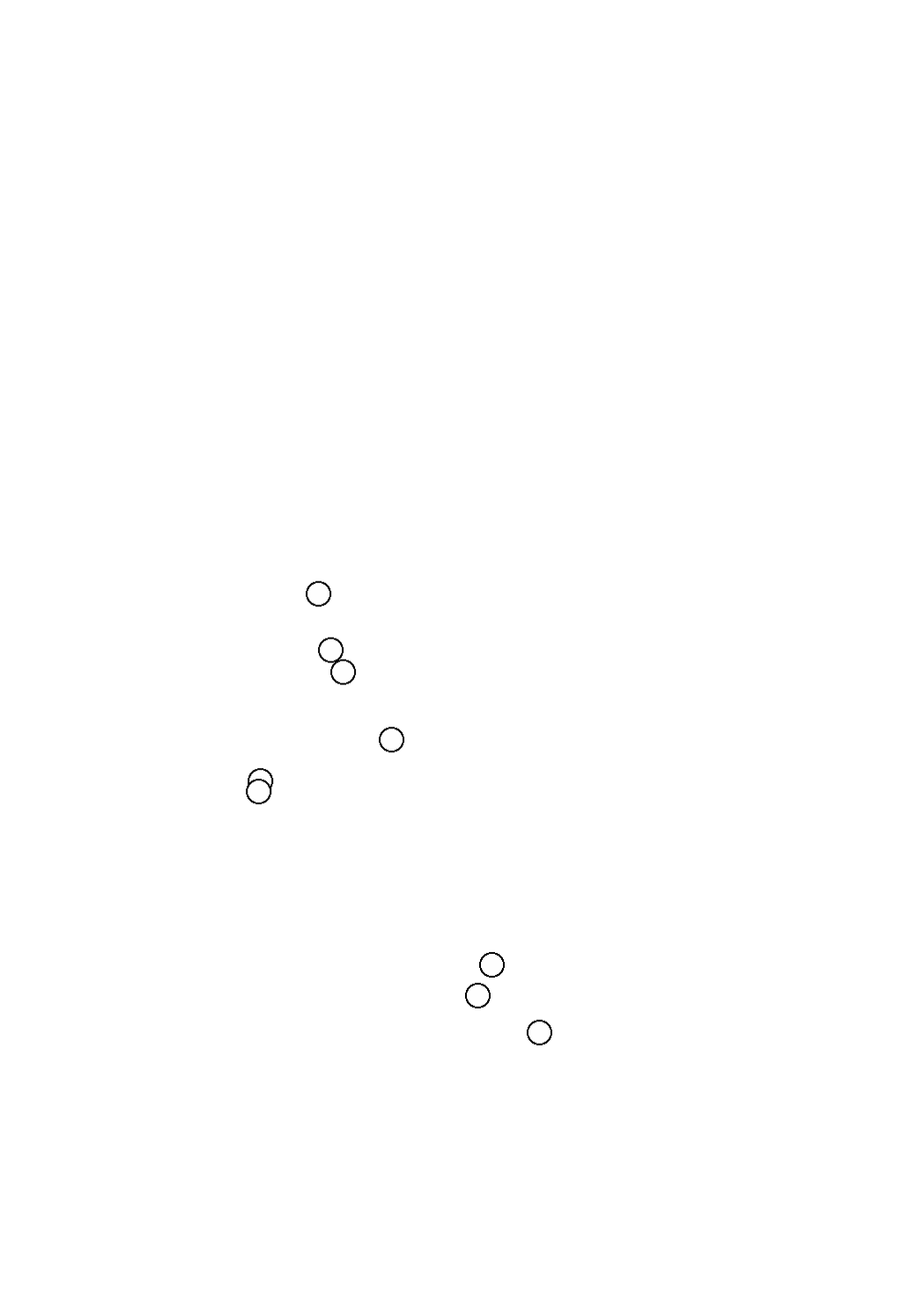
In 2021, the environmental administration organised a nationwide air quality measurement campaign in collaboration with 24 participating municipalities and myenergy. More specifically, it is a national measurement campaign of NO2 by passive tubes in the context of the national air quality program and the "Klimapakt Loftqualitéit". The campaign aims to raise awareness and inform municipalities and their inhabitants about the air quality in their respective municipalities, motivate municipalities to contribute to improving their air quality, and demonstrate the efforts undertaken by municipalities for future communications.
-

The geostatistical interpolation map shows in real time the most probable distribution of the pollutant nitrogen dioxid between the different fixed measurement points that make up the telemetric network of Luxembourg, this at a resolution of 1km2.
-
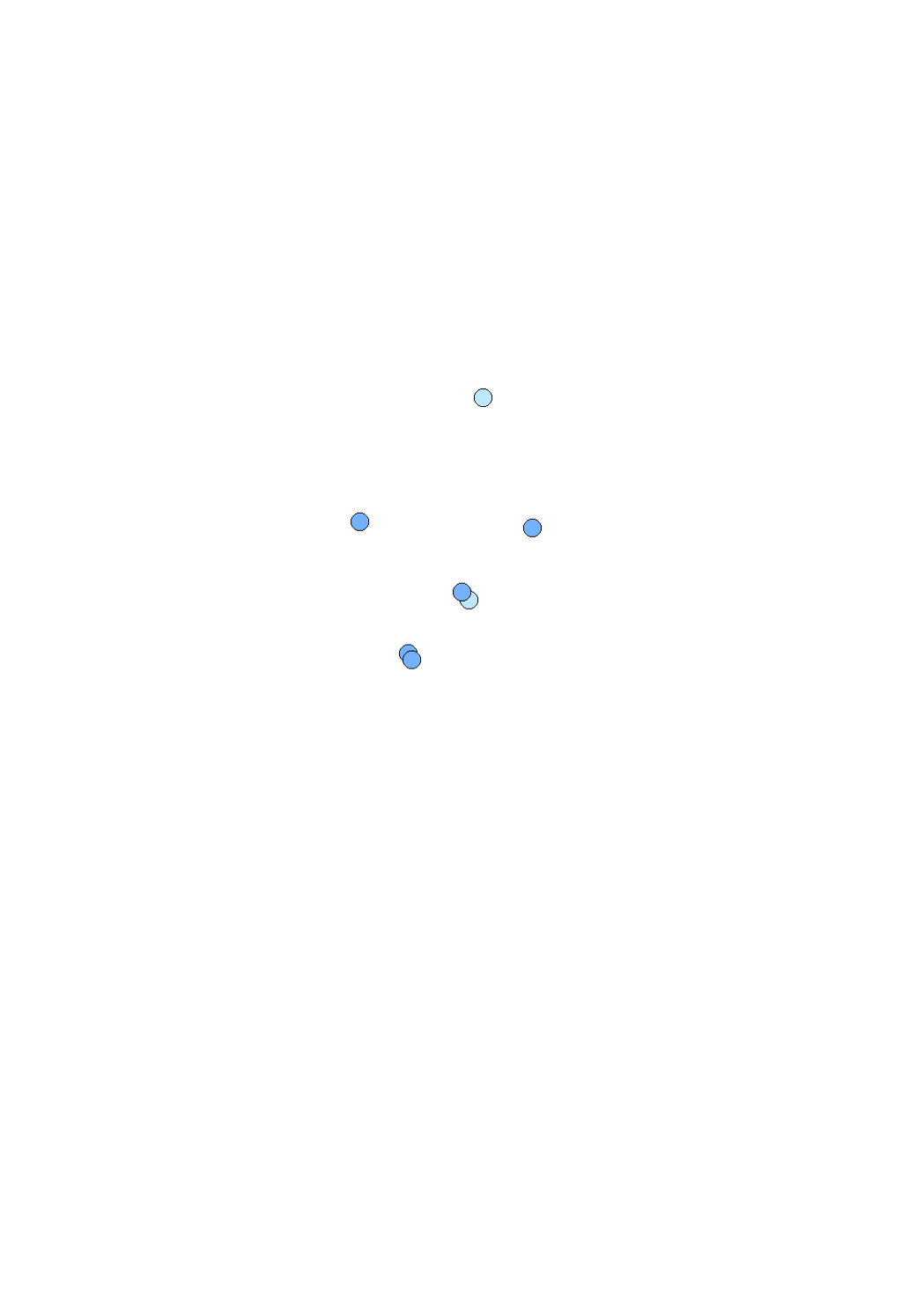
The telemetry network consists of fixed and mobile measuring stations throughout Luxembourg located in rural, urban or peri-urban areas. The network measures air quality in real time and monitors the levels of key pollutants, including nitrogen dioxide, ozone and fine particulate matter. This network serves as a basis for informing and alerting the population, especially the sensitive people in case of pollution peaks. It is also in the context of improving public information that an app on air quality has been developed.
-
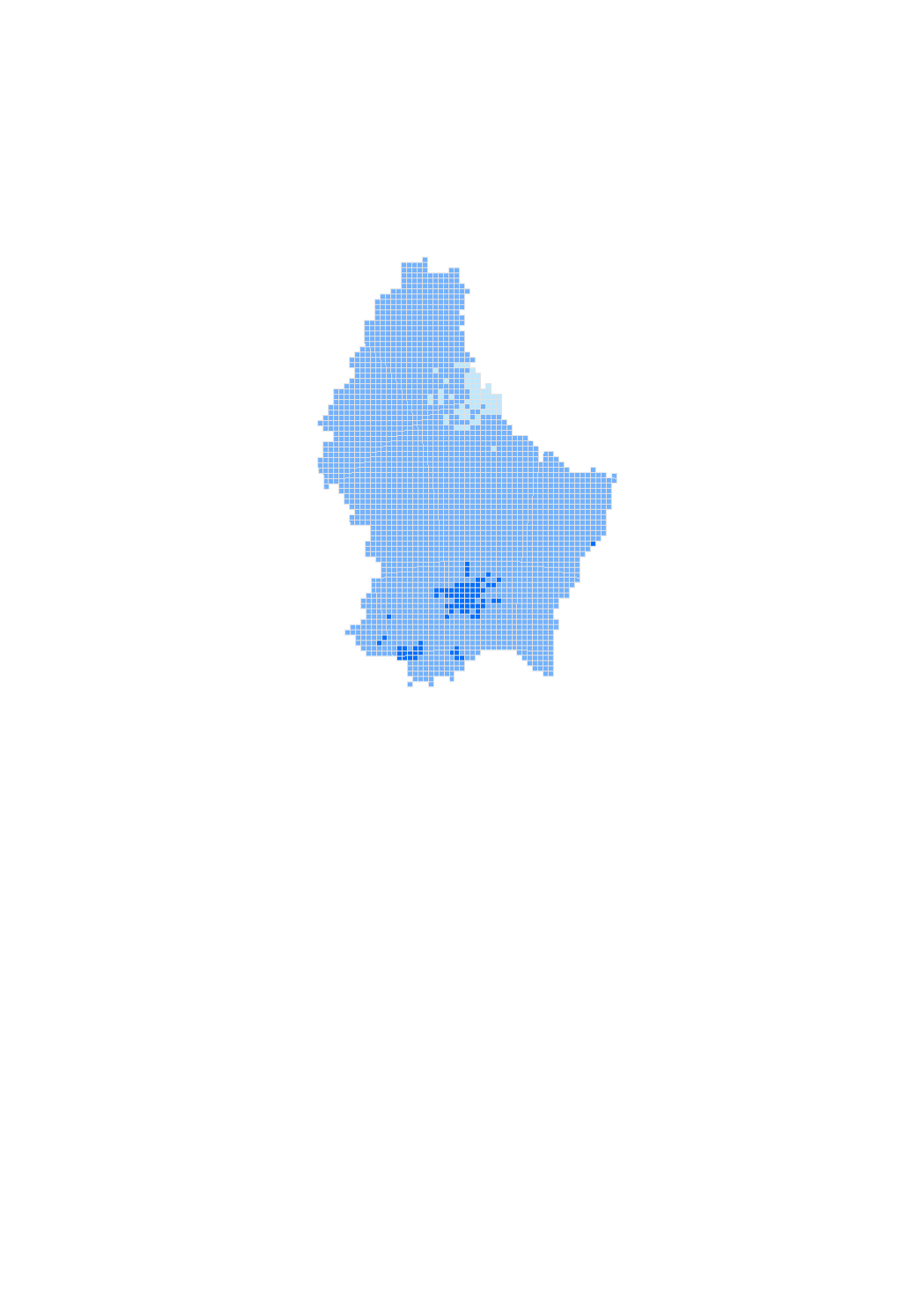
The geostatistical interpolation map shows in real time the most probable distribution of the pollutant ozone between the different fixed measurement points that make up the telemetric network of Luxembourg, this at a resolution of 1km2.
 geocatalogue.geoportail.lu
geocatalogue.geoportail.lu